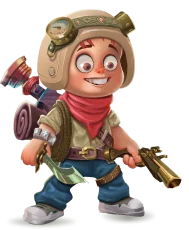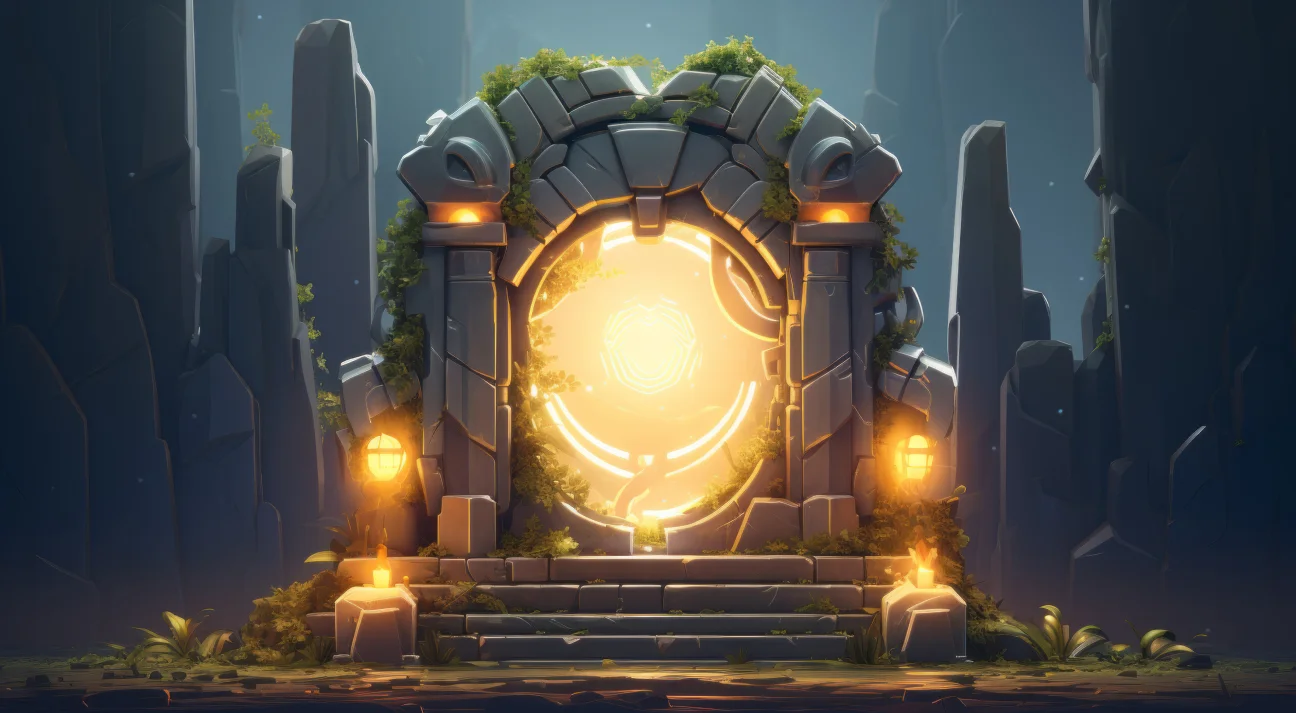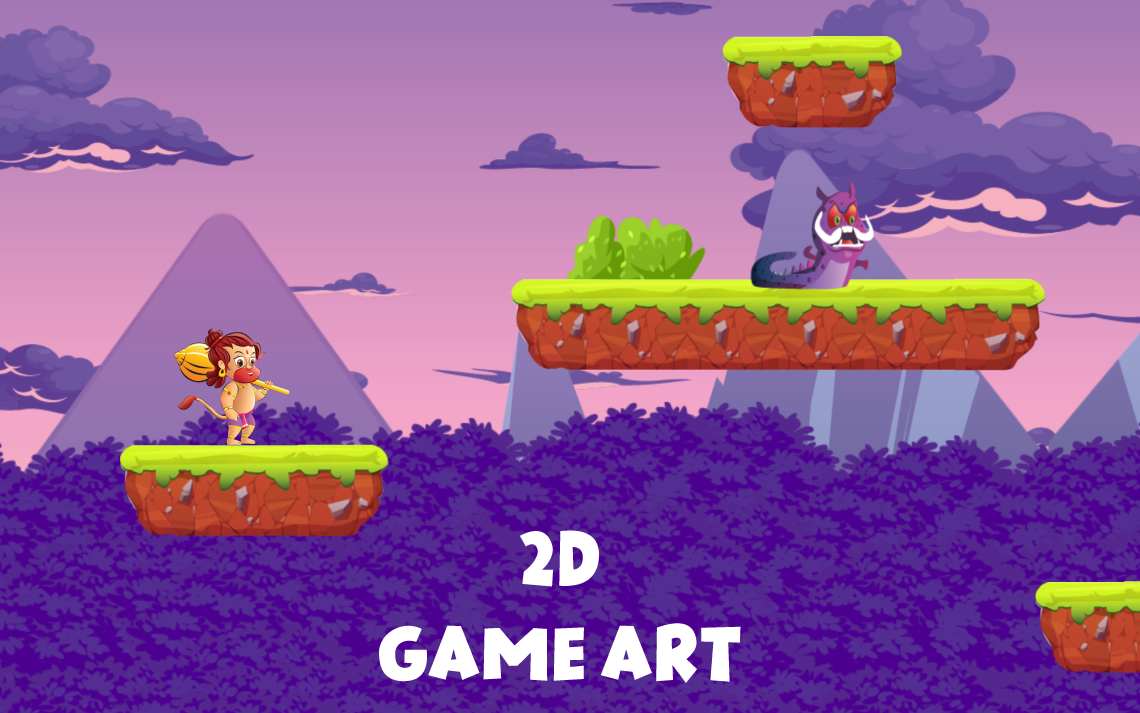
The Ultimate Guide to 2D Game Art
Designing a 2D game is neither too easy to directly begin with creating and expecting 2 million downloads nor too tough to think it will snatch away all your bandwidth.
All you need is an apt guide that helps you with understanding the concept of 2D game art, different types of 2D game art styles, a process to create amazing 2D game art along with many insightful things.
This could make the process of designing your 2D game art much more fun. Let’s begin learning:
What is 2D Game Art?
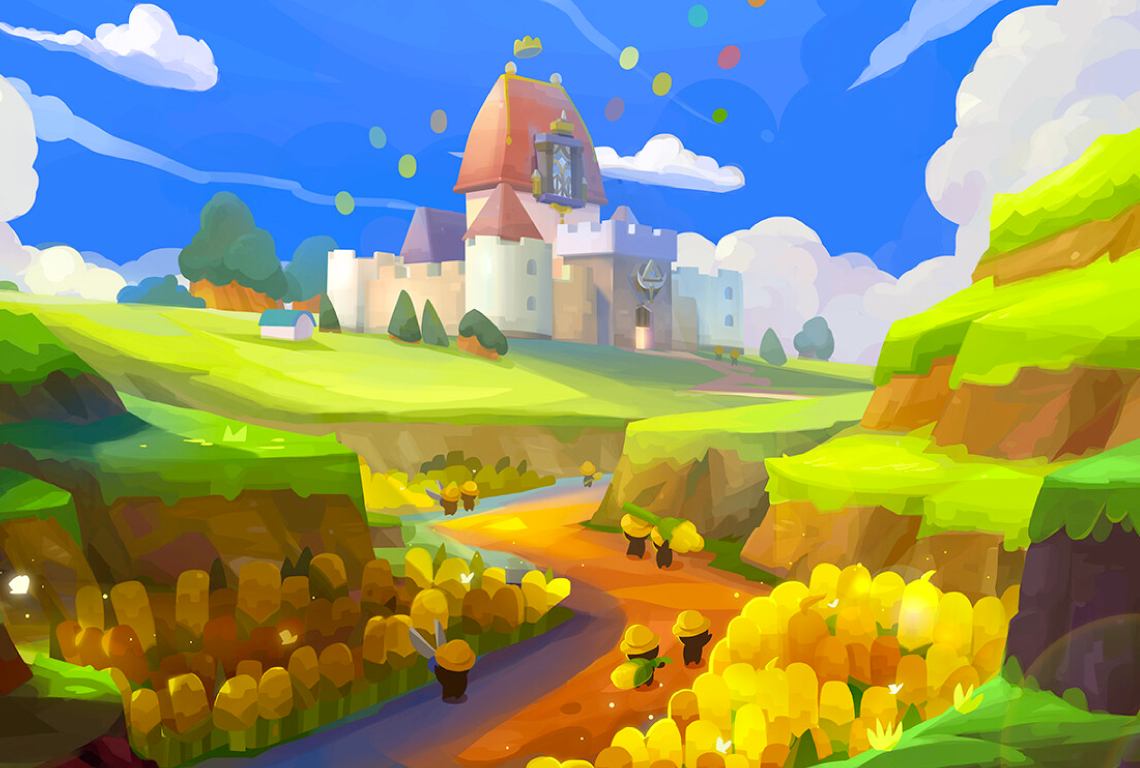
2D game art refers to the digital graphics used in 2D video games. It encompasses all the visual elements of the game, including the game characters, video game background design, environments, items, and user interface (UI) elements.
2D game art is typically created using digital art software, such as Adobe Photoshop or Illustrator, and can be made by professional 2D game artists or amateur game developers.
The art style can range from pixel art to vector art and can include hand-drawn illustrations, digital paintings, or 3D models rendered in a 2D format.
The quality of the 2D game art design can greatly impact the player’s experience and the overall success of the game. A desirable 2D game art is visually appealing, consistent with the game’s themes and style, and effectively communicates information to the player. It can also help to create a memorable and immersive game world that draws players in and keeps them engaged.
What are the Different Types of 2D Game Art Styles?
Here are different types of 2D art styles in detail, let’s take a look at them in detail:
Pixel Art 2D
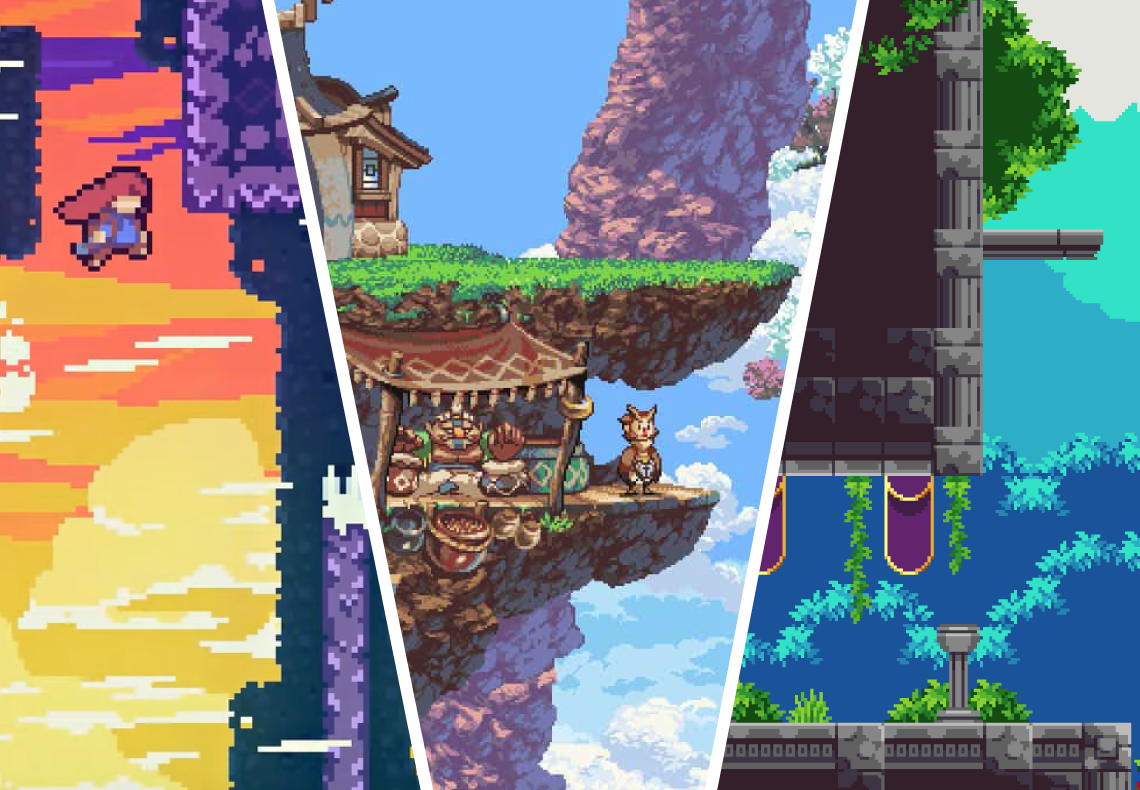
Pixel art is one of the most popular 2D art styles in the field of gaming. A pixel is nothing but a basic tiny object that is combined with a bundle of other pixels to create a shape or character.
But the crux is that people generally consider pixel art animation as a conventional art approach; it was used with early video games and arcades but it’s still in use. Pixel art brings out nostalgia and the Pokemon game is the big-time example of the same. You will get to see this art in many latest games.
Monochromatic Art
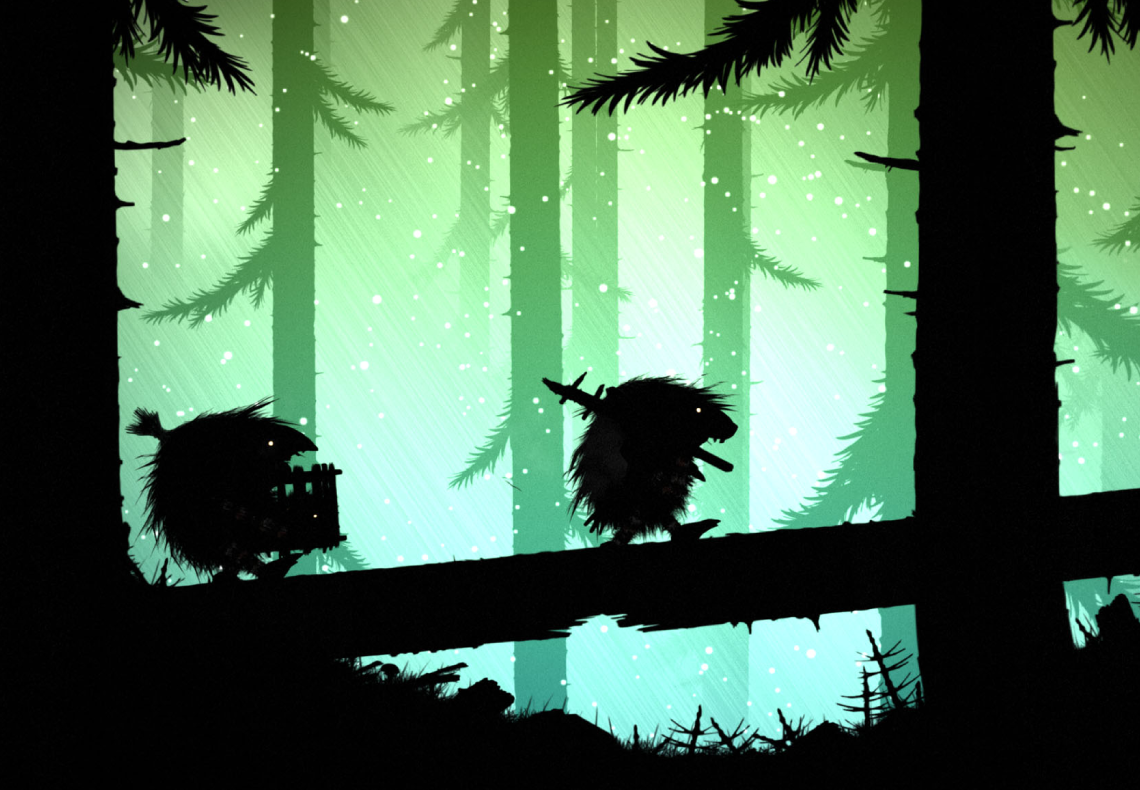
Monochromatic games are the lover of black, white, and grey themes. Popular games like World of Horror – 80, Aviary Attorney: Definitive Edition – 81, West of Loathing – 87, Hidden Folks – 83, Return of the Obra Dinn – 89, Contre Jour – 93, and so on, these games are the ideal examples of monochromatic games.
However, if we talk about the concept of monochromatic games, it has nothing to do with black and white color specifically, the concept of monochromatic games revolves around the usage of a very limited combination of colors or color palettes.
Flat Art

There are no boundaries to creativity when it comes to creating a game with flat art. Not that other 2D art styles do not allow artists to turn on their creative cells. But when it comes to the flat art style, there is no such thing as depth or volume in it.
The concept of flat art does not revolve around the rules of physics or realism thus 2d game artists have their free hand to try anything out. Whatever fits well to the concept of the game is finalized.
Cutout Art
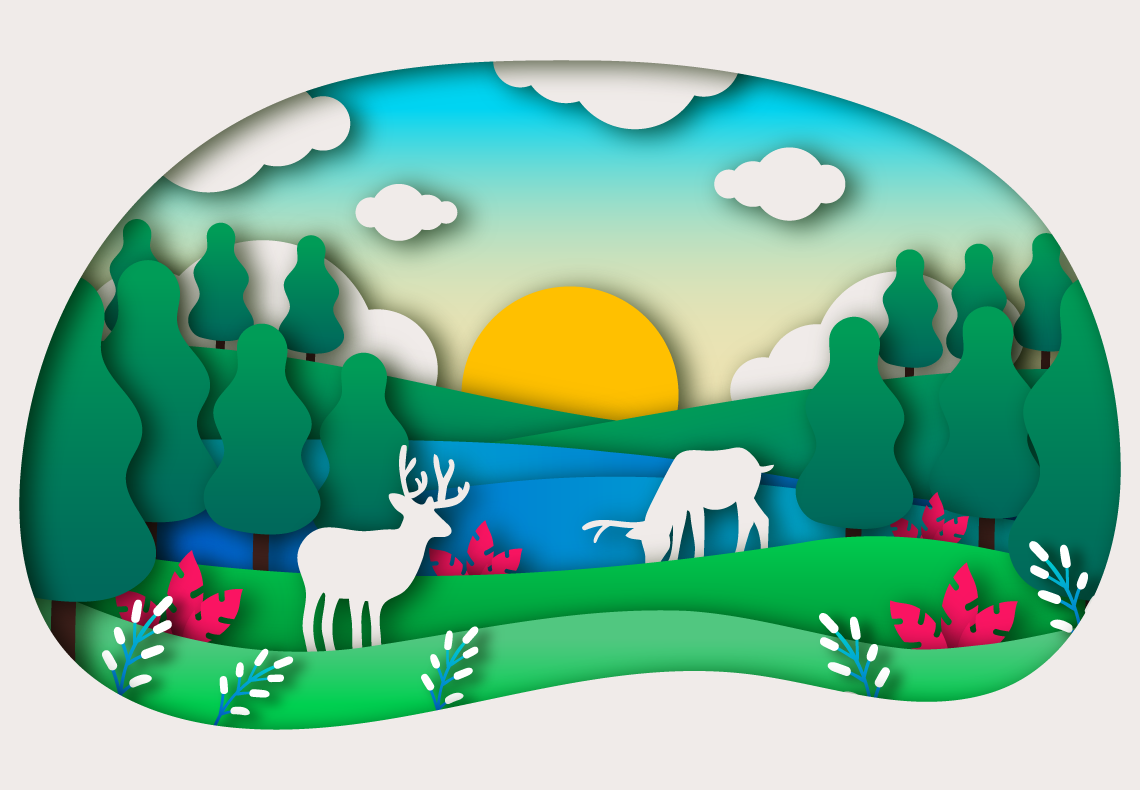
The concept of cutout art is mainly based on animation. In this art, this style mimics pictures on paper that are cut out and imported on a new plane/medium. Let’s make it clearer for you, you can create a digital asset of a character on a computer or import a paper cutout into it. At that stage, it becomes part of the game’s world.
Moreover, the cutout image remains unchanging, but the designer can move the image to simulate action and motion, and it can be immediately replaced by a different cutout to simulate a change in state.
Doodle Art
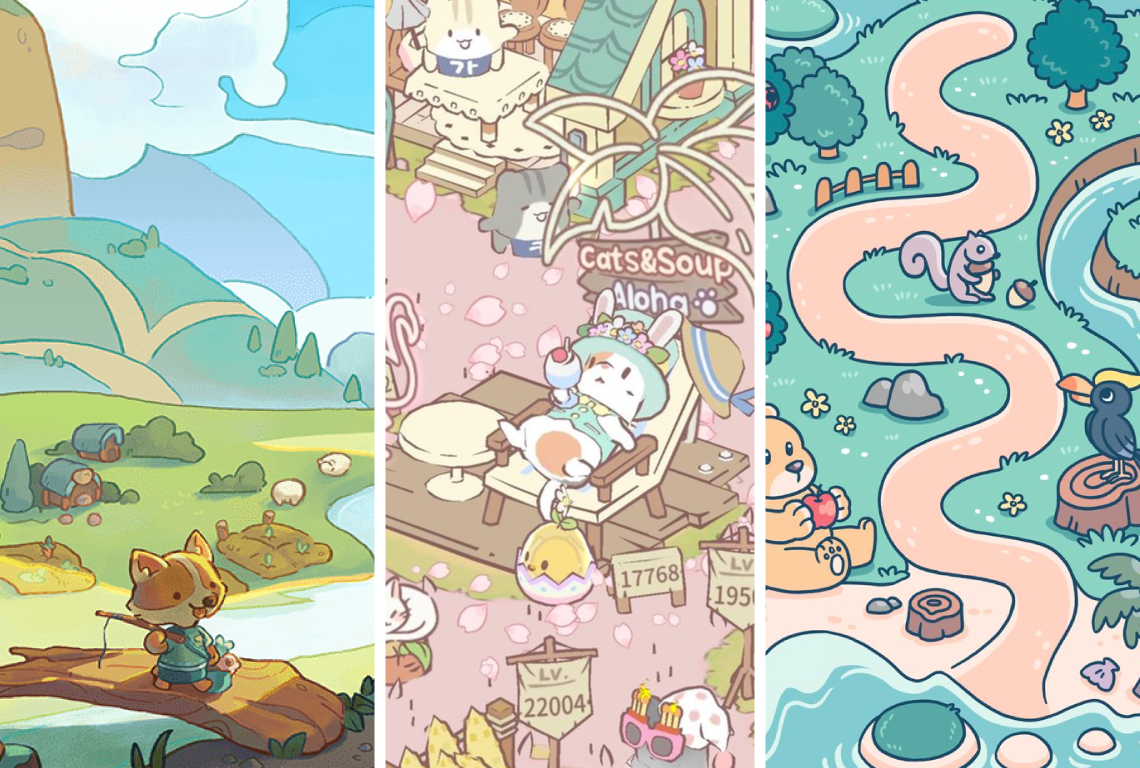
Doodle game art refers to a specific style of 2D game art that features whimsical, hand-drawn, and often simplified illustrations. It is characterized by its playful, sketch-like appearance, typically resembling doodles or drawings made with pen or pencil.
Doodle game art often incorporates loose and organic lines, minimal shading, and vibrant colors. It may include characters, objects, and environments that are visually simplified, featuring exaggerated proportions or stylized forms. The art style is generally lighthearted, and charming, and has a casual, DIY aesthetic.
This art style has gained popularity in indie games, mobile games, and casual games due to its accessibility, unique look, and ability to evoke a sense of creativity and nostalgia. Doodle 2D game art can be created using traditional mediums and scanned into digital formats or directly created digitally using digital art software.
Cel Shading Game Art
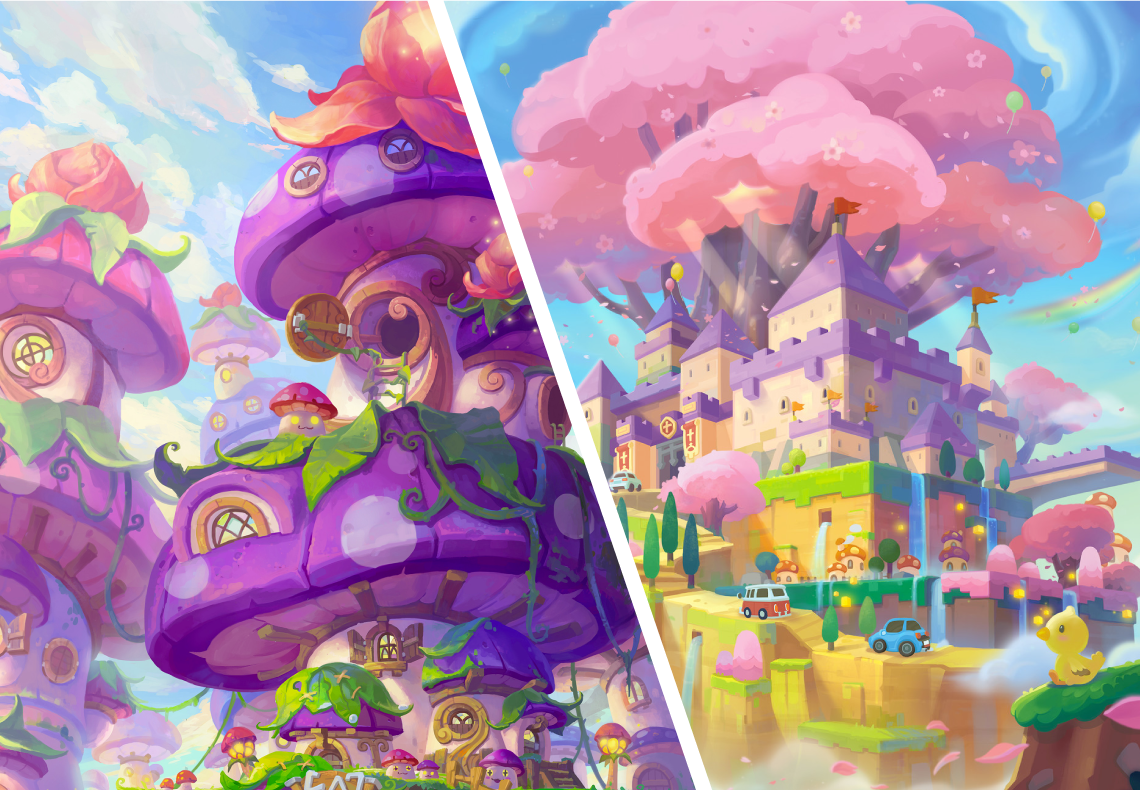
Cel shading 2D art, also known as toon shading, is a specific art style used in 2D games that aims to mimic the appearance of traditional hand-drawn cel animation. It involves applying a flat, solid color to objects and characters in the game, giving them a cartoony, comic book-like appearance.
Cel shading 2D game art typically uses bold, well-defined outlines around characters and objects, similar to the black ink lines seen in traditional animation. The colors are typically bright and vibrant, often with minimal shading or gradients. This style creates a visually striking, high-contrast look that emphasizes the graphic nature of the game.
The purpose of cel-shading in 2D games is to evoke a specific aesthetic and create a stylized, animated feel. It can give games a unique and eye-catching look, reminiscent of classic cartoons or comic books. Cel shading can be used in a variety of game genres, ranging from platformers and action games to role-playing games (RPGs) and visual novels.
Cel shading can be achieved using various digital art software, including Adobe Photoshop, Illustrator, or dedicated game development tools. Artists may create art assets by hand-drawing them and scanning them into digital format or by digitally creating them.
Now that we have come to know about different 2D game art styles, let’s move forward with learning about the process of creating 2D game art.
How to Make 2D Game Art Style From Scratch
Here is the process that will properly guide you throughout creating the 2D game art from scratch to the end. Let’s learn about the same in detail:
1. Choosing a Game Style
This is the first step of creating the 2D game art: choosing a game style. As we learned above, there is a different kind of 2D game art styles, it depends on the requirement of clients’ gaming projects.
Either they come up to you with their ideas of creating a game along with selecting a gaming style or they hand it over to you to take a call.
Moreover, if the client hands over the responsibility of creating the game from scratch including finalizing the 2D game art style, then your chain of thought will be totally different. You got to consider thinking about what game genres are best suited to 2D art. Generally, 2D art goes well with almost every genre.
If we talk about some of them, such as pixel art, puzzle games, visual novels, or platformers, are the most common and ideal genres for 2D game art.
2. Concept Art
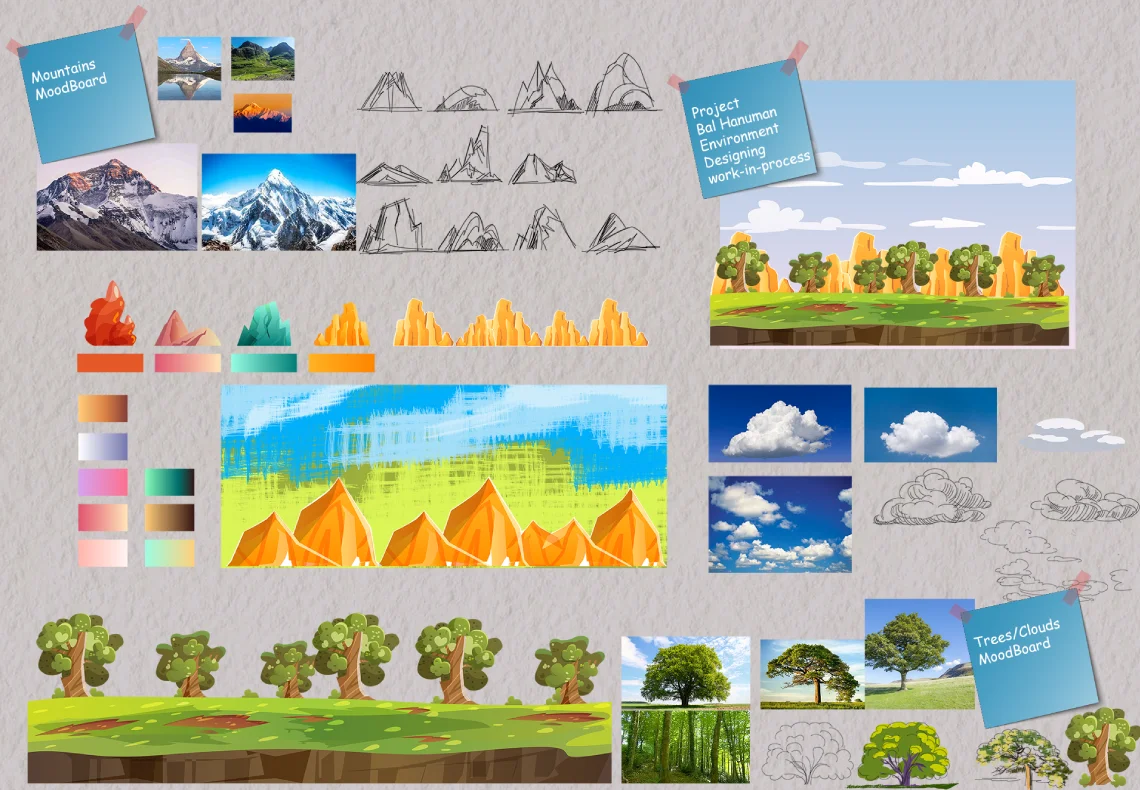
Game concept art plays a crucial role in the 2D game design process. It refers to the visual representation of ideas, concepts, and designs for characters, environments, objects, and other elements in a game. Concept art serves as the foundation for the overall visual direction and artistic style of the game.
In the context of 2D game design, concept art is typically created in the early stages of development. Game artists or concept artists work closely with game designers to bring their vision to life. The concept art helps to establish the look and feel of the game, setting the artistic tone and guiding the creation of assets throughout the development process.
Concept art often includes sketches, digital paintings, mood boards, color schemes, and reference images. It showcases the characters’ appearances, poses, and costumes, the environments’ atmosphere and style, and the overall visual composition of the game.
3. Draft
In order to create art, the first step is to find a composition, a form, and an initial silhouette. A mood board with references is of great help here. It is common for artists to hastily make thumbnail drawings (brief, compact, simplified drawings generally done quickly and without any adjustments). To help understand where to move further, it is important to quickly show all possible directions. A sketch is created by selecting a thumbnail, refining it, and then turning it into a final image.
4. Sketch
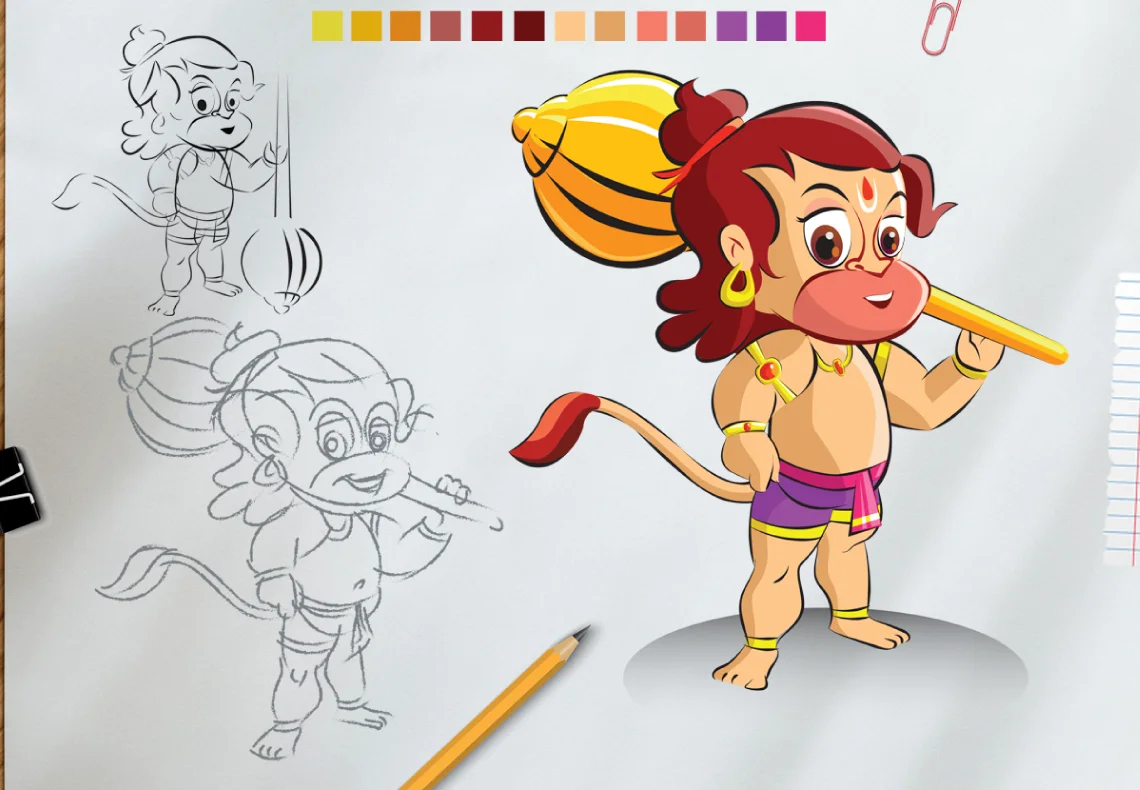
When you have reached the stage of sketching, you will be emphasizing design and detailings here. There are two key attributes in a sketch, line, and tone. The first one allows you to visualize design ideas and materials aptly, While the second allows you to see depth and lighting. Assets are sent to the client for final approval post-sketch creation. As soon as it gets approved, the concept is carried out for further details.
5. Color Concept
Once the concept art is approved, the creative crew moves forward to work on the color palette. Color concept is mainly about the color scheme. Concepts can be any: black & white, and colored, it all depends on the purpose of the game. For example, if the game is casual, the concept is generally hand-drawn. If the game is more complex, in that case, the artist can use a photo collage, 3D images, and other advanced tools and instruments.
6. Character Design
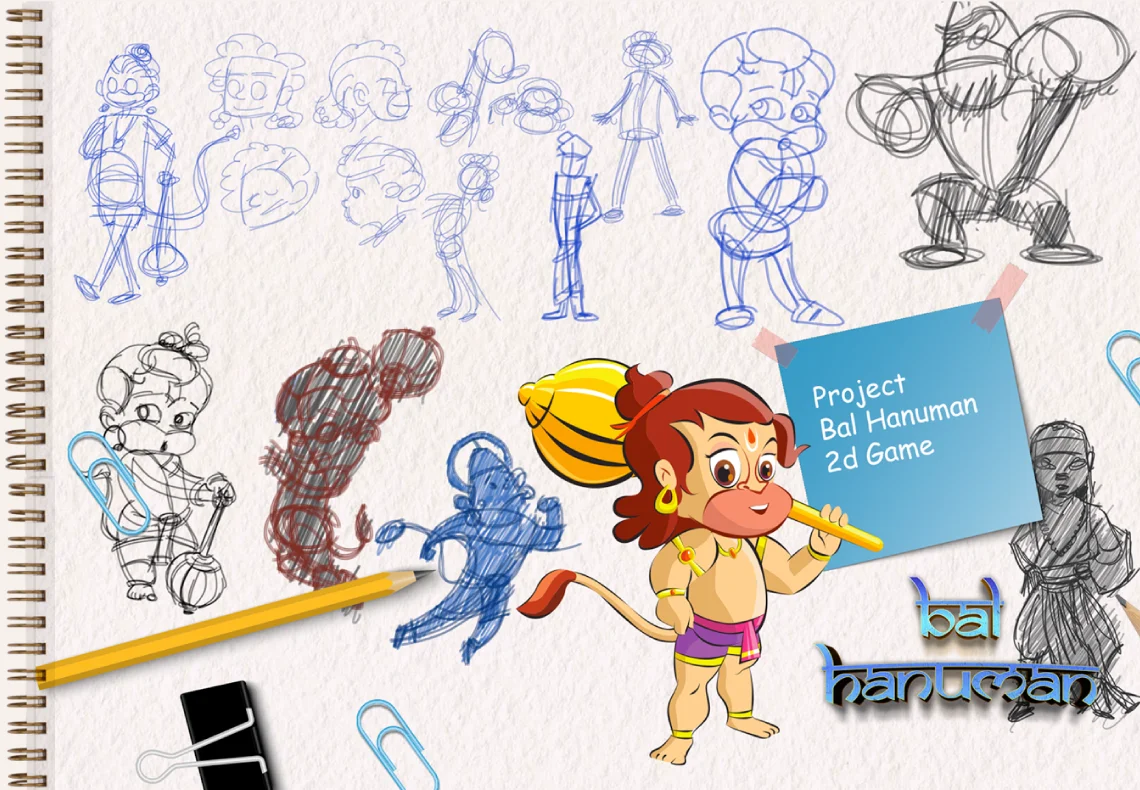
Here’s what a detailed character design looks like, check out the key elements:
Visual Appearance
This includes the character’s overall silhouette, proportions, facial features, hairstyles, clothing, accessories, and color scheme. It aims to create a distinctive and memorable look that aligns with the game’s art style and target audience.
Personality and traits
Characters should be designed to reflect their personality traits, backstory, and role in the game. This includes considering their emotions, mannerisms, expressions, and gestures. Design choices such as body language, facial expressions, and clothing details can help convey their unique attributes.
Abilities and Skills
Depending on the game genre, characters may have specific abilities, skills, or powers. The design should visually communicate these traits, either through visual effects or distinctive elements that represent their abilities.
Animations and considerations
Character design should take into account how they will be animated in the game. Considering movement, gestures, and expressions to ensure they are visually appealing and suitable for gameplay mechanics is very important especially since these factors can also influence the overall 2D animation cost.
What Mistakes to Avoid While Creating 2D Game Art?
When creating 2D game art, there are several mistakes that 2D game artists should avoid to ensure quality artwork. Here are some common ones:
1. Poor planning
Planning is the core aspect of any game design and development process; it determines how your 2D game art is going to look after following all the steps.
Failing to plan your artwork can lead to inconsistencies and a lack of cohesion in your game art. It’s essential to have a clear concept and design before starting your artwork.
2. Not considering your target audience
Beginning directly with the game art process could be troublesome as you will be designing a game that is not well researched, and your target audience’s expectations and your creations will contradict.
A well-researched process ensures that you stand up to the users’ expectations; it prevents your process from going in vain.
3. Inconsistent Style
Maintaining a consistent art style throughout your game is important for visual coherence. Mixing incompatible styles can make your game look amateurish or disjointed. Establish a style guide or visual reference to ensure consistency.
4. Overcomplicating Designs
Complex or overly detailed artwork can be visually overwhelming, especially in the context of a game where simplicity and readability are important. Simplify your designs and focus on conveying the essential elements effectively.
5. Ignoring User Interface (UI)
Game art needs to integrate seamlessly with the user interface elements. Ignoring game UI considerations can lead to visual clashes, readability issues, or poor user experience. You need to ensure that your art complements the UI elements and does not hinder usability.
6. Lack of Iteration and Feedback
Avoid getting attached to your initial artwork without seeking feedback or iterating on your designs. Getting input from others, playtesting, and iterating can help you identify and rectify any weaknesses in your art.
Game character design typically begins with conceptualization and sketching. Artists explore different ideas, shapes, and features to develop a unique and visually appealing character. The design process involves considering various aspects, such as the character’s backstory, traits, and role in the game’s narrative.
Top 2D Game Art Software
- Unity
- Unreal Engine
- GIMP
- Adobe Photoshop
- SketchBook Pro
- Inkscape
Wrapping Words
So, this is it! We hope next time you get your 2D game art styled, you will surely consider these points. And of course, for excellent game design and development services, we would love to partner up with you and help you create a game that opens the doors of success for you all!
FAQs for 2D Game Art Style
The duration of making a 2D game totally depends on your requirements, and which 2D game art style you have selected. Also, your game development team plays a big role; if your team is huge, the game will be designed in a lesser period of time and vice versa.
Again, this solely depends on the factors like the technology stack you have selected for the game development process, team size, the complexity of the game, etc.
The search engine is your best friend in such cases. Carry out extensive research and you can always approach the team to discuss your requirements. Moreover, you can contact us to end your search of finding the best team, we’ll help you with steadfast game design and development solutions.
2D Game Art refers to visual assets used in creating video games in 2D. These assets include elements such as characters, environments, objects, user interfaces, and animations, all represented on a flat plane.
It depends upon project’s style and requirments. Softwares like Adobe Photoshop can be used for Intutive sketching or Adobe illustrator for vector art and animation tool like Spine for character rigging. For continous growth and learning it is recommened to seek feedback from professionals.
